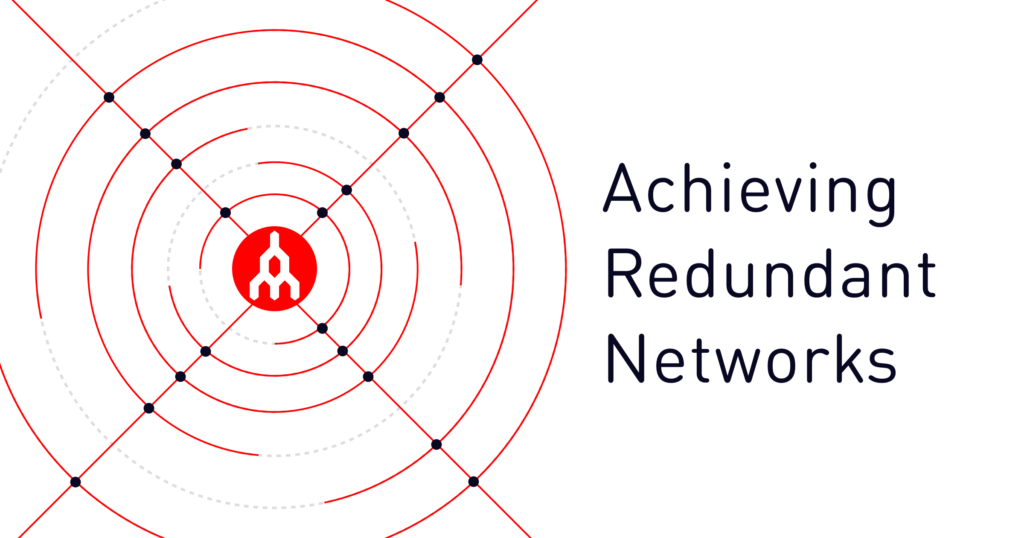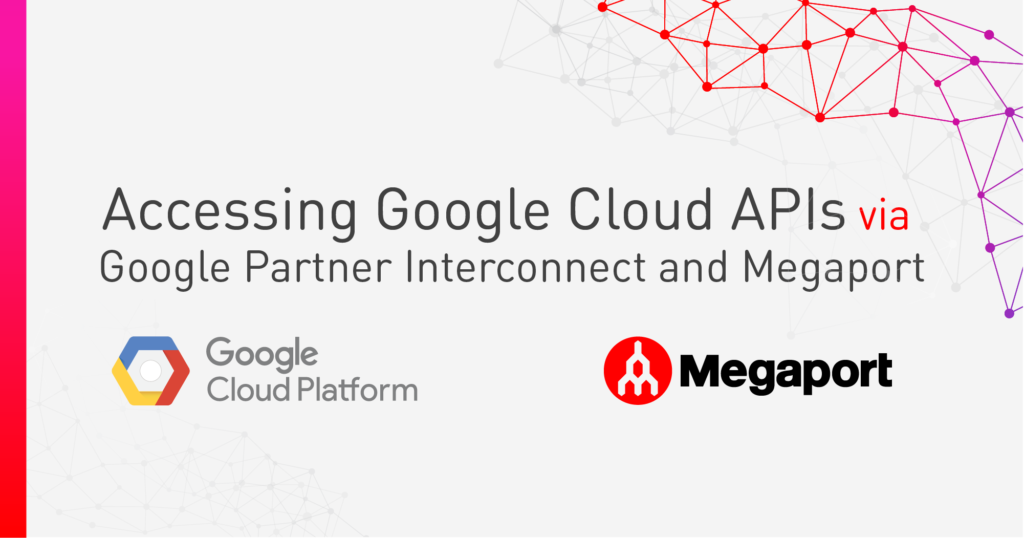
The Rise of Born-In-The-Cloud
- April 28, 2022
With work-from-anywhere business structures surging in popularity, many have already made a complete shift to the cloud. Here’s why we expect to see an increase in cloud-native adoption in 2022.
Previously, making the transition from traditional physical infrastructure was frustrating, tedious, and costly for enterprises. But now, it’s easier than ever to be cloud-native, and we’re seeing the number of born-in-the-cloud businesses skyrocketing. With benefits ranging from improved performance to reduced costs, going cloud-native has never been more compelling.
Why enterprises are making the switch to cloud-native, and why yours should too
Moving to the cloud isn’t new—with an estimated 90% of firms using multiple cloud services daily —but the ways that businesses take advantage of it continues to change and expand. When your business opts for the cloud, you can expect a handful of benefits that will make operations smoother and more functional for both you and your customers:
- Reduced costs – when harnessing the power of the cloud, some capital and labor costs like hardware storage and maintenance are left in the past, allowing you to allocate resources elsewhere to improve your business operations.
- Heightened security – cybercrime is as rampant as ever , and businesses need the peace of mind that not only their private information is safe, but also that of their customers. Cloud-native software allows businesses to store information more securely, as well as recover lost information.
- Improved network performance – connecting to the cloud via a private network reduces latency and increases reliability, lowering your risk of performance issues and inconsistencies so you can get on with your operations.
What exactly is cloud-native infrastructure?
Infrastructure and services that are cloud-native can include storage, servers, instant messaging channels, networks, and more. They’re characterized by the way they have been built, run on, and are interacted with solely through the cloud – through a virtual network rather than locally on your computer or hard drive. Here’s a deeper dive into the key benefits enterprises can expect when they move more of their data and applications to the cloud.
1. Reduced costs
Utilizing cloud-native architecture virtualizes the customer network to reduce hefty infrastructure expenditure. Not only will enterprises see a reduction in capital hardware costs—such as the purchase of cables, routers, and local network drives—they will also save money on the constant management and maintenance that traditional office networks require.
While there are, of course, still costs involved in cloud computing through connectivity and egress fees, the sizable cost reduction is compelling for enterprises who are looking to reallocate funds where they can to improve business operations. And by using Megaport’s scalable Network as a Service (NaaS), businesses can hit pause and play on their connection, and right-size their connectivity on demand by dialing bandwidth up and down at any time, enabling born-in-the-cloud enterprises to pay only for the bandwidth they use.
2. Heightened security
In 2022, the risk of security breaches continues to rise exponentially as cybercriminals find new ways to compromise your information. These compromises can come at a painful price, as IBM security found that the average cost for a single data breach was $3.86 million in 2020 . Security is a top priority for all firms, who need peace of mind knowing that their critical information, as well as that of the clients who trust them, is stored safely and not at risk of being stolen and manipulated. This motivation is driving many to adopt cloud-native applications to better protect their data.
Cloud-native applications and NaaS providers offer a range of security features, from firewalls to built-in encryption, to minimize risk of breaches. Additionally, should a system fail and files and information be lost, the majority of cloud softwares include reliable recovery and backup processes to ensure critical data is recovered. Security applications through cloud software also often outsource and virtualize network security maintenance, and provide an external point of contact for support.
Using a private software-defined network with ISO/IEC 27001 certification is the safest way to store, manage, and migrate your data in the cloud. Megaport offers these security features and more, with connectivity sheltered from the public internet that can be easily viewed and managed via the Megaport Portal.
3. Improved performance
Businesses often need to migrate and store large volumes of data, but traditional infrastructure can compromise on performance. With supersized bandwidth options from Cloud Service Providers (CSPs) and NaaS providers, as well as less downtime due to reduced reliance on physical infrastructure, going cloud-native provides superior network performance to relying on local infrastructure.
Plus, when you use a NaaS provider like Megaport, you can unlock extra performance benefits across your entire network:
- Megaport Cloud Router (MCR) provides virtual routing capabilities for on-demand private connectivity at Layer 3 from key routing zones around the world. Customers can leverage cloud-to-cloud networking, private peering between leading public cloud, IaaS, and SaaS providers, and direct connectivity to any provider on the Megaport Software Defined Network – all without physical infrastructure.
- With Megaport Virtual Edge (MVE) , you can host virtual instances of your SD-WAN appliances closer to your network edge to optimize your middle- and last-mile connectivity to your Cloud Service Providers. By providing direct, private cloud connectivity via Megaport’s SDN, MVE can lower latency and reduce hops and jitter, making your entire WAN more reliable and performant.
Learn how Megaport Cloud Router (MCR) streamlined Data Canopy’s global operations.
How Megaport supports born-in-the-cloud
With the cost, security, and performance enhancements it offers, cloud-native architectures are here to stay. Among several other benefits that cater to the needs of enterprises—whether they be small or international, private or public—the cloud stands out for the way it can assist organizations and customers alike through cutting costs, bolstering security, and improving performance.
2022 is the year for your business to make the switch, or risk being left behind.


